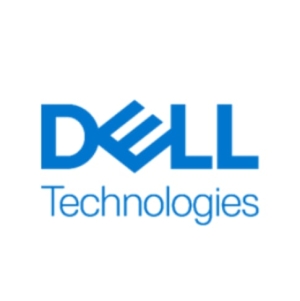There is no management overhead involved in optimizing performance. It does it so well on its own. We don't have to manage much at all. It really is like a set it and forget it solution. My storage engineers love the system. It is a lot less work than our previous systems, which weren't bad by any means. There is not nearly as much management as before. So, we are saving dozens of hours per month for our storage team, and that is a real cost in our business.


